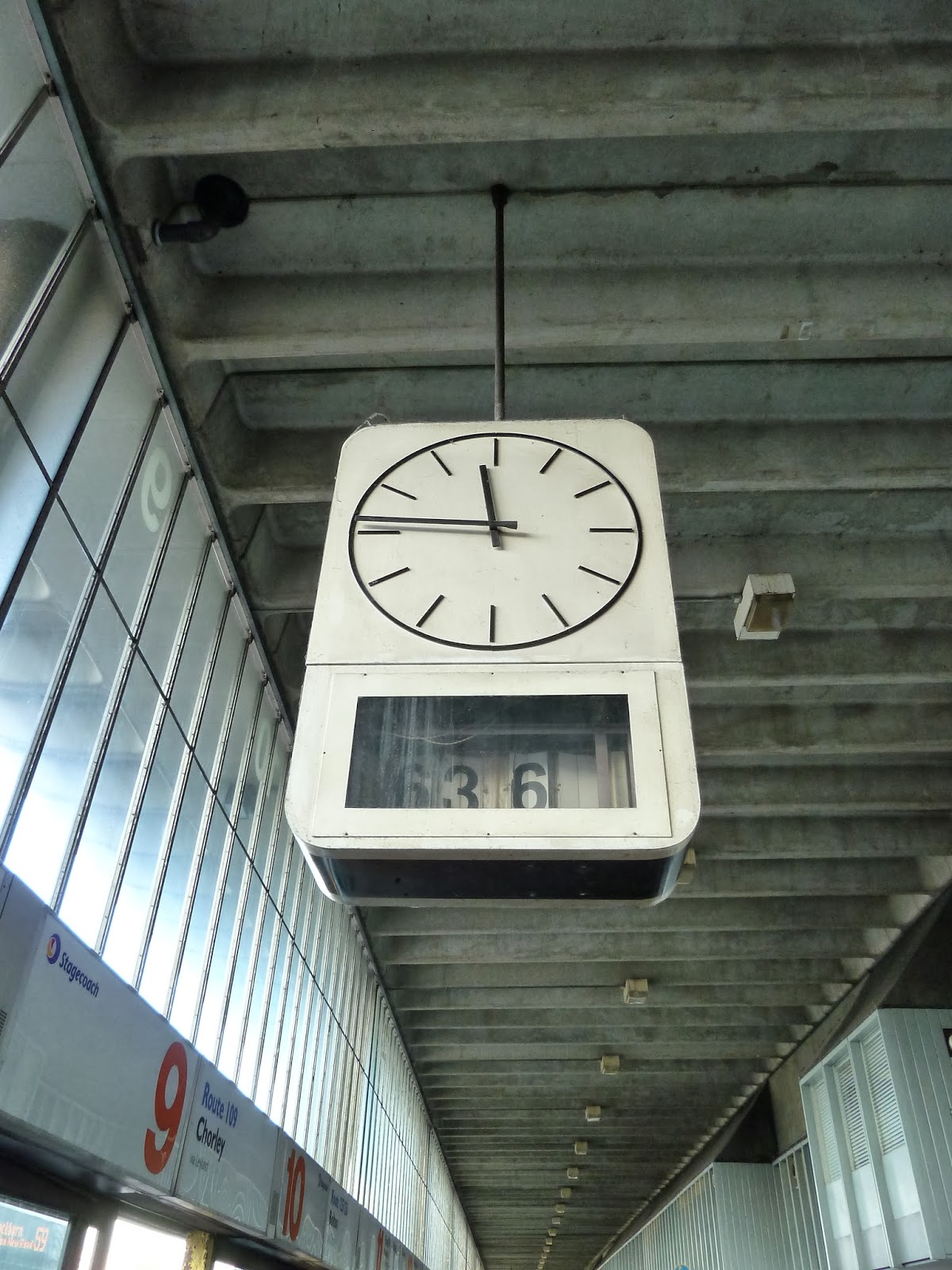PRESTUNE 1992?
I found this incredible video 'What will Preston look like in 1992?', posted by the Harris Museum a year ago, from the 1972 Preston Guild exhibition:
'How will we be getting around 20 years from now?' The lady's voice asks in the video. There is an interesting mention, in the Shopping section, of a minibus driving around people in a covered shopping centre, to aid them travelling around the centre. I'm intrigued by the practicalities of that...
These imagined future/past histories intrigued me. I wondered what the Prestune Shopping Precinct Minibus of 1992 would have looked like? and how designers in 1972 would imagine it to have looked like? What would an advert for this minibus service have looked like in 1972 and 1992?
The exhibition panel which is shown at the start of the panel is fascinating - the design of the panel is a mix of safety sign and superhero typography. Super-helvetica.






























